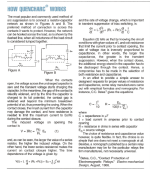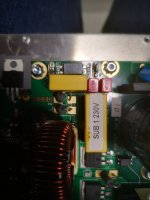Paths to point source
- Construction Tips
- 38 Replies
Hello all. I seem to have replaced all the speakers in my various listening situations to FR driver based systems. One difficulty has been finding powerful drivers for situations that need it. Looking into coaxial brings up threads listing the negative issues with existing units, as well as some threads on DIY stuff. MEH has been pointed out as one path, but it does take up some horn space
Would like to propose a community developed DIY driver that can be assembled at home from a combination of off the shelf parts and homemade bespoke parts. I have a number of ideas and thoughts on this and, judging by past threads, so do many others. We have already encountered the issues suffered by these drivers in those threads, so time to move on to exploring practical DIY solutions
I also propose that such a project should be economically biased towards the DIYer as well be solid and sound in performance and reliability. Ability to be hung of 100wrms and a native flat response would be good targets to aspire to, and the dynamic range to run some favourite Eq curves. These requirements would likely result in a driver not suited to very small amps so let's acknowledge that here
Point source fans would also be aware of the design of most of the drivers raised in the previous coax threads, so let's first round up some more units that try to make an attempt at cleaning up the HF
Here is a new one for me. What looks like a whizzer is not part of the woofer section. It doesn't move and forms a guide for the tweeter. I am aware of those older type large woofers with rectangular horn over the coax tweeters. This driver seems to differ a bit by trying to balance woofer cone depth and guide height by taking a flatter approach. Could this be the approach to explore for the community development? I want to investigate this approach in detail by combining an extended range subwoofer/woofer and a FR or tweeter that can go low. The donor woofer would have a large enough dust cap that can be removed to mount a custom throat that can retain the higher frequency driver and the woofer vent large enough to run a line to a volume mounted behind the woofer magnet. If we can find the right donor woofer and HF driver, then we can place a custom foam overlay on the woofer cone to change its dish to a flatter one while matching a waveguide to the HF unit that will ensure zero interference with the woofer cone surface. I have a feeling this can work with enough development effort. The overlay can be made easily with DIY jigs, and I am able to demonstrate that. At some point I will attach some FreeCAD files that we can pull and tweak for the guide and HF throat, line and volume and this can be printed at home
For anyone thinking of IP type issues here, let's be fair, if anyone can take any ideas from the thread and commercialise it, well make it good enough to be worth my while and I will buy them from you!

Would like to propose a community developed DIY driver that can be assembled at home from a combination of off the shelf parts and homemade bespoke parts. I have a number of ideas and thoughts on this and, judging by past threads, so do many others. We have already encountered the issues suffered by these drivers in those threads, so time to move on to exploring practical DIY solutions
I also propose that such a project should be economically biased towards the DIYer as well be solid and sound in performance and reliability. Ability to be hung of 100wrms and a native flat response would be good targets to aspire to, and the dynamic range to run some favourite Eq curves. These requirements would likely result in a driver not suited to very small amps so let's acknowledge that here
Point source fans would also be aware of the design of most of the drivers raised in the previous coax threads, so let's first round up some more units that try to make an attempt at cleaning up the HF
Here is a new one for me. What looks like a whizzer is not part of the woofer section. It doesn't move and forms a guide for the tweeter. I am aware of those older type large woofers with rectangular horn over the coax tweeters. This driver seems to differ a bit by trying to balance woofer cone depth and guide height by taking a flatter approach. Could this be the approach to explore for the community development? I want to investigate this approach in detail by combining an extended range subwoofer/woofer and a FR or tweeter that can go low. The donor woofer would have a large enough dust cap that can be removed to mount a custom throat that can retain the higher frequency driver and the woofer vent large enough to run a line to a volume mounted behind the woofer magnet. If we can find the right donor woofer and HF driver, then we can place a custom foam overlay on the woofer cone to change its dish to a flatter one while matching a waveguide to the HF unit that will ensure zero interference with the woofer cone surface. I have a feeling this can work with enough development effort. The overlay can be made easily with DIY jigs, and I am able to demonstrate that. At some point I will attach some FreeCAD files that we can pull and tweak for the guide and HF throat, line and volume and this can be printed at home
For anyone thinking of IP type issues here, let's be fair, if anyone can take any ideas from the thread and commercialise it, well make it good enough to be worth my while and I will buy them from you!
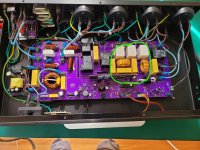





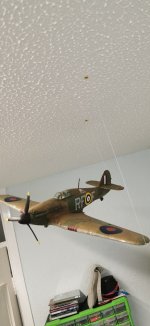







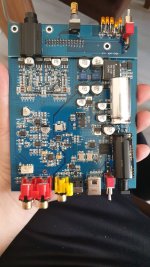






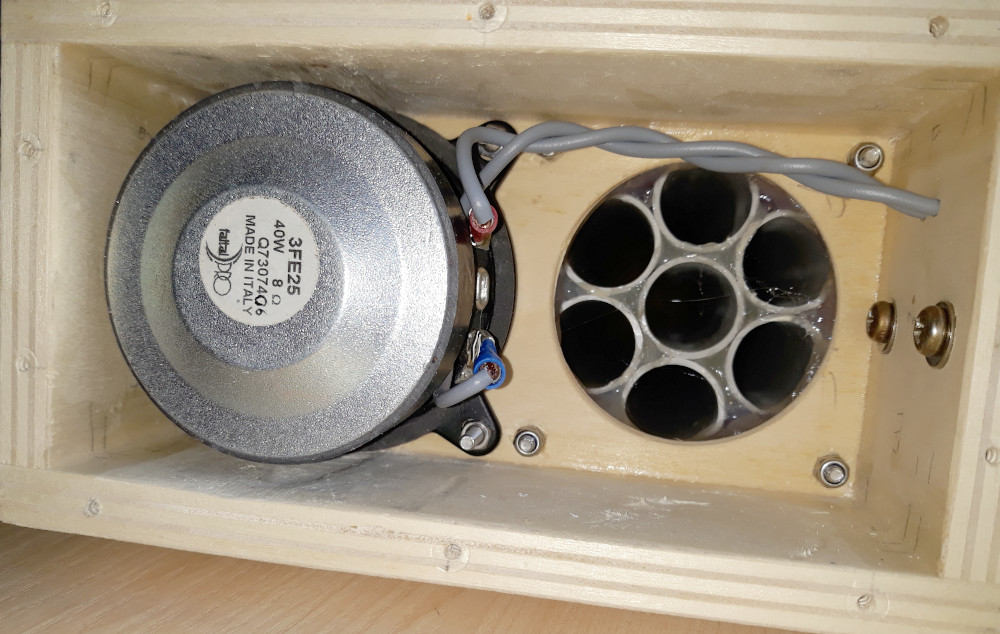
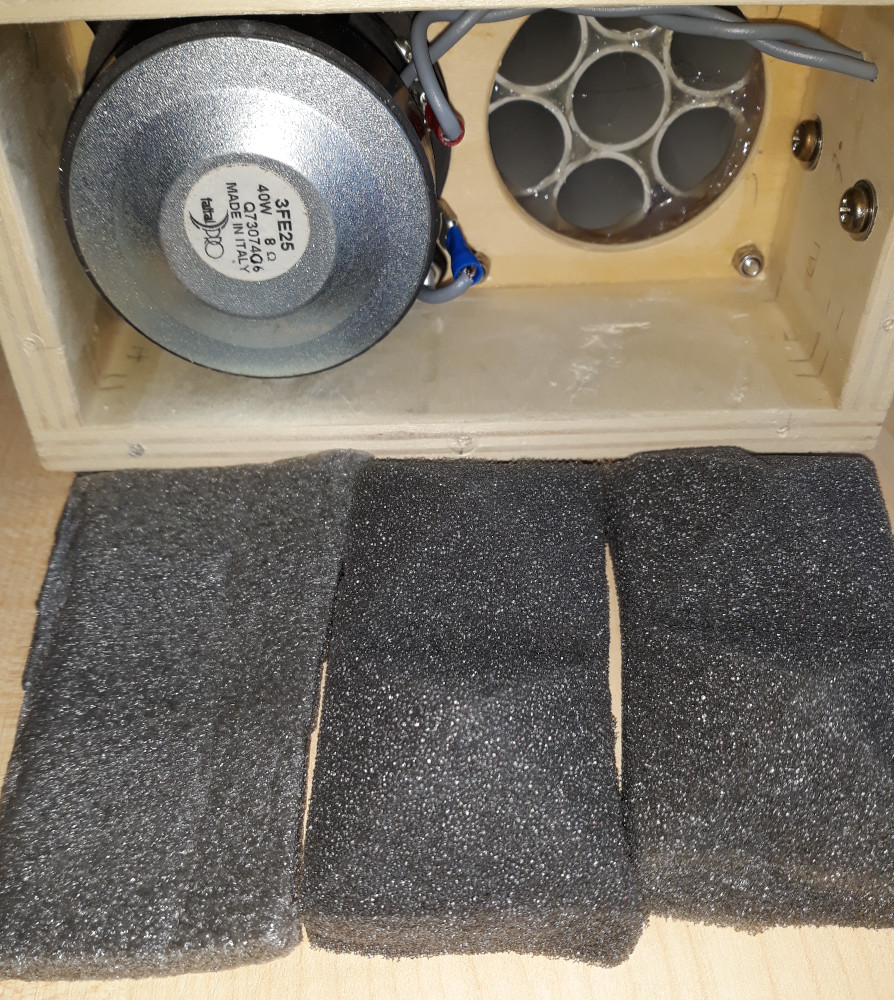
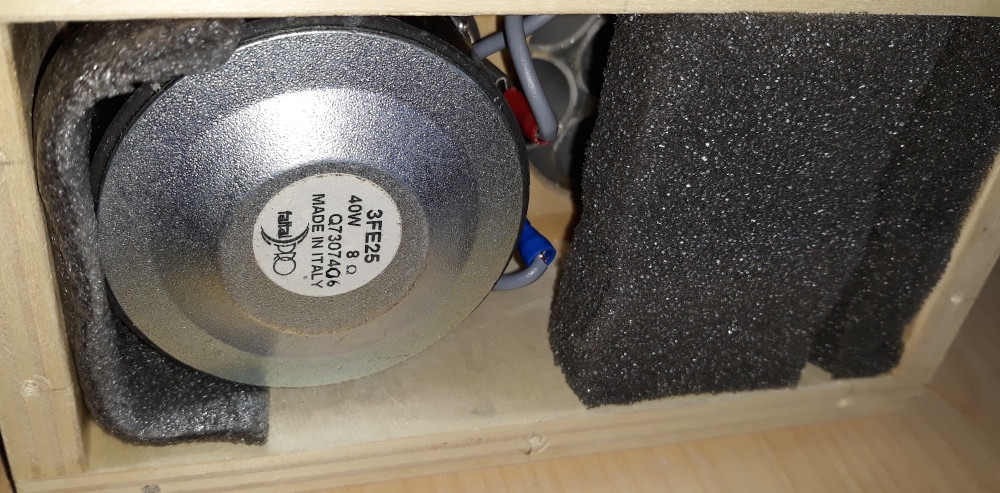
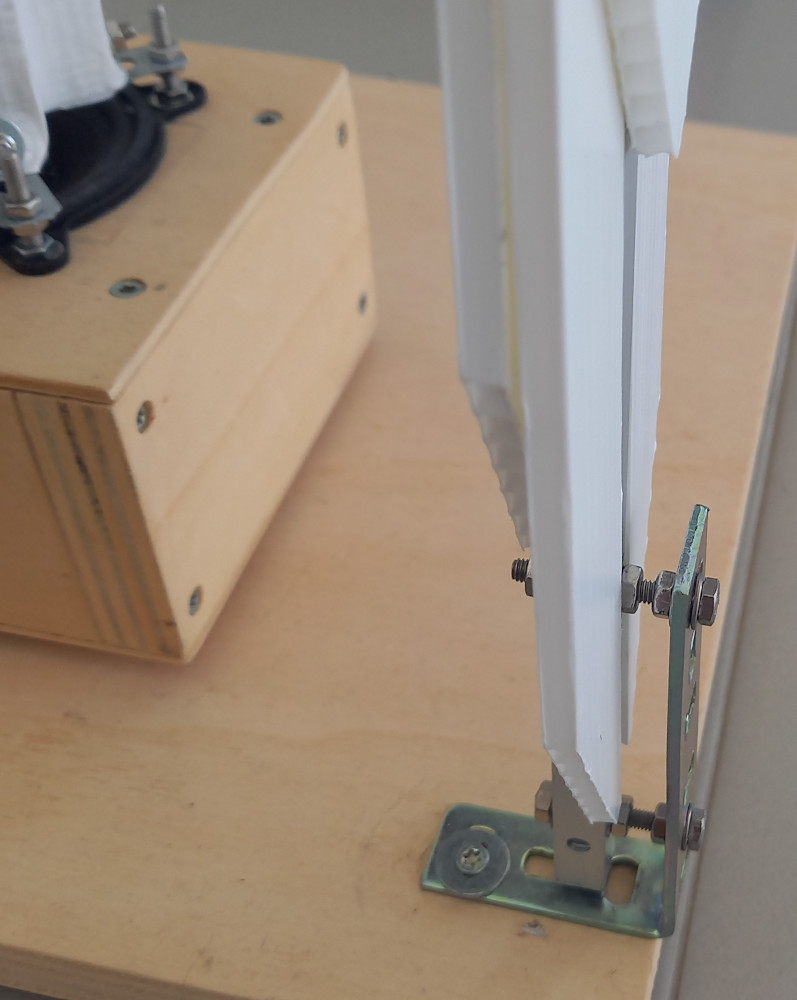
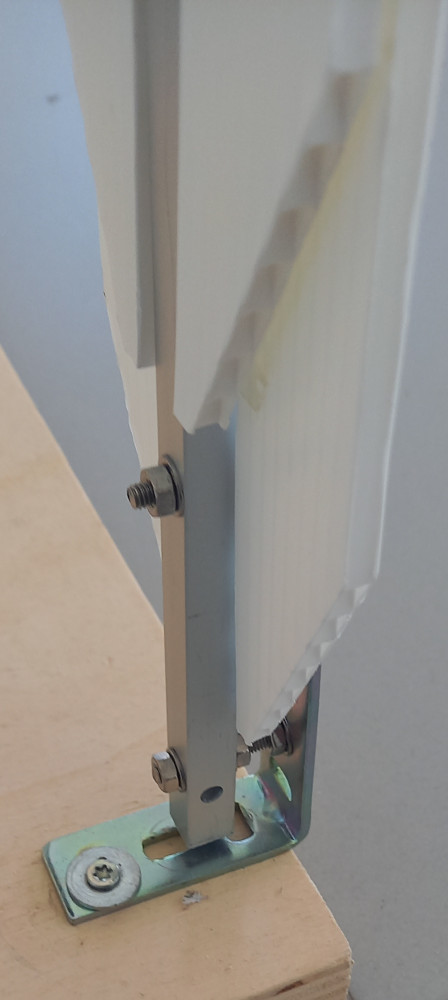

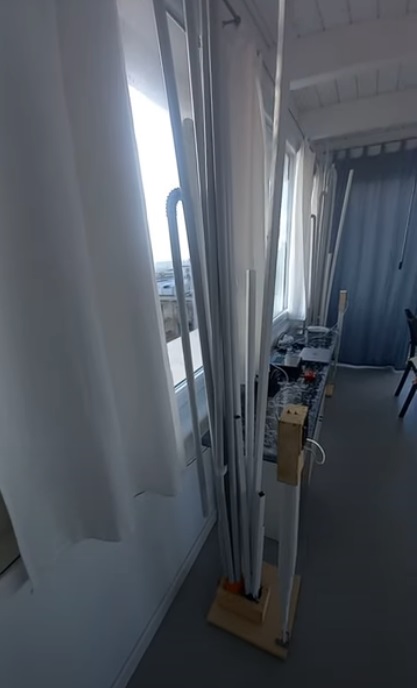
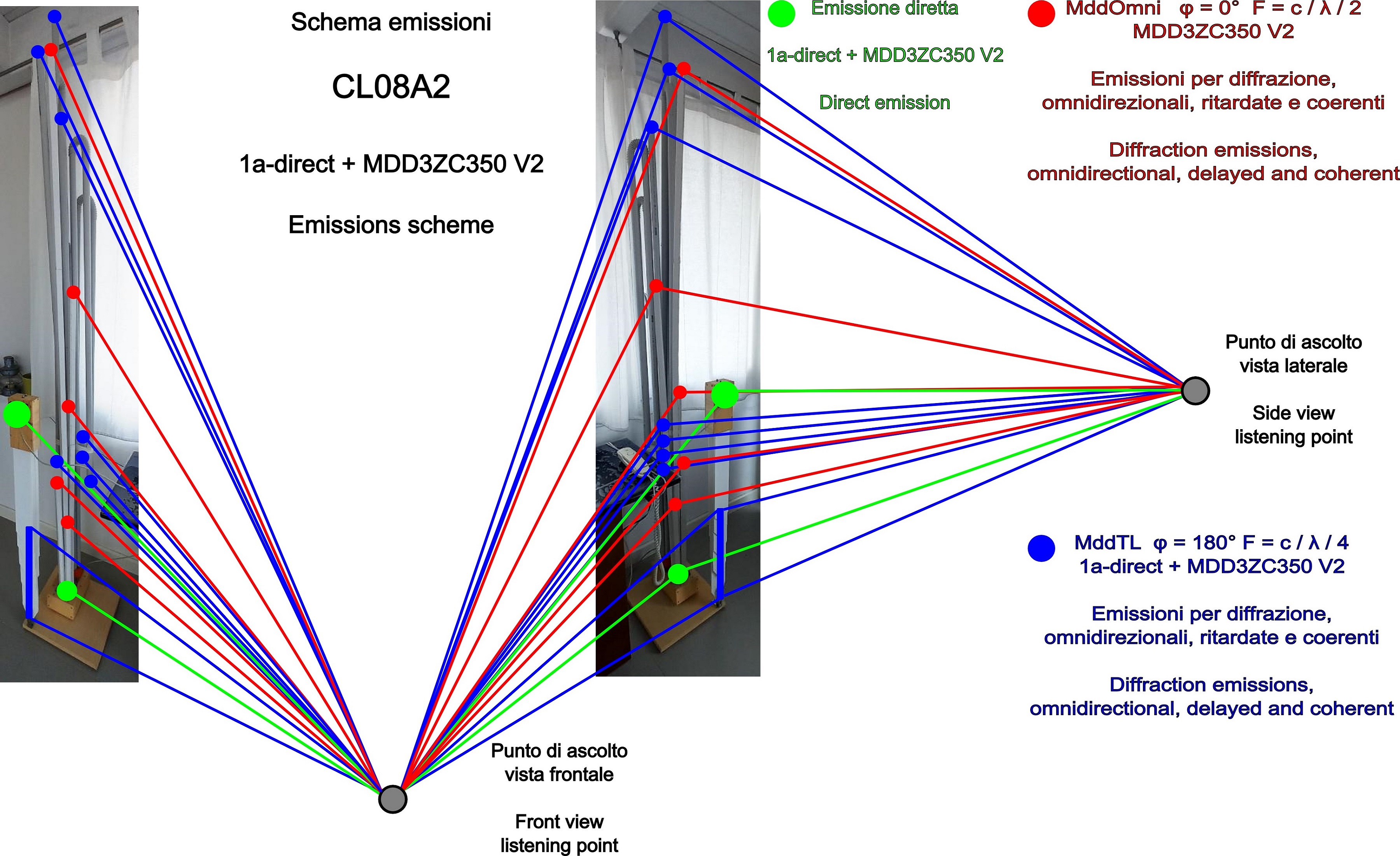
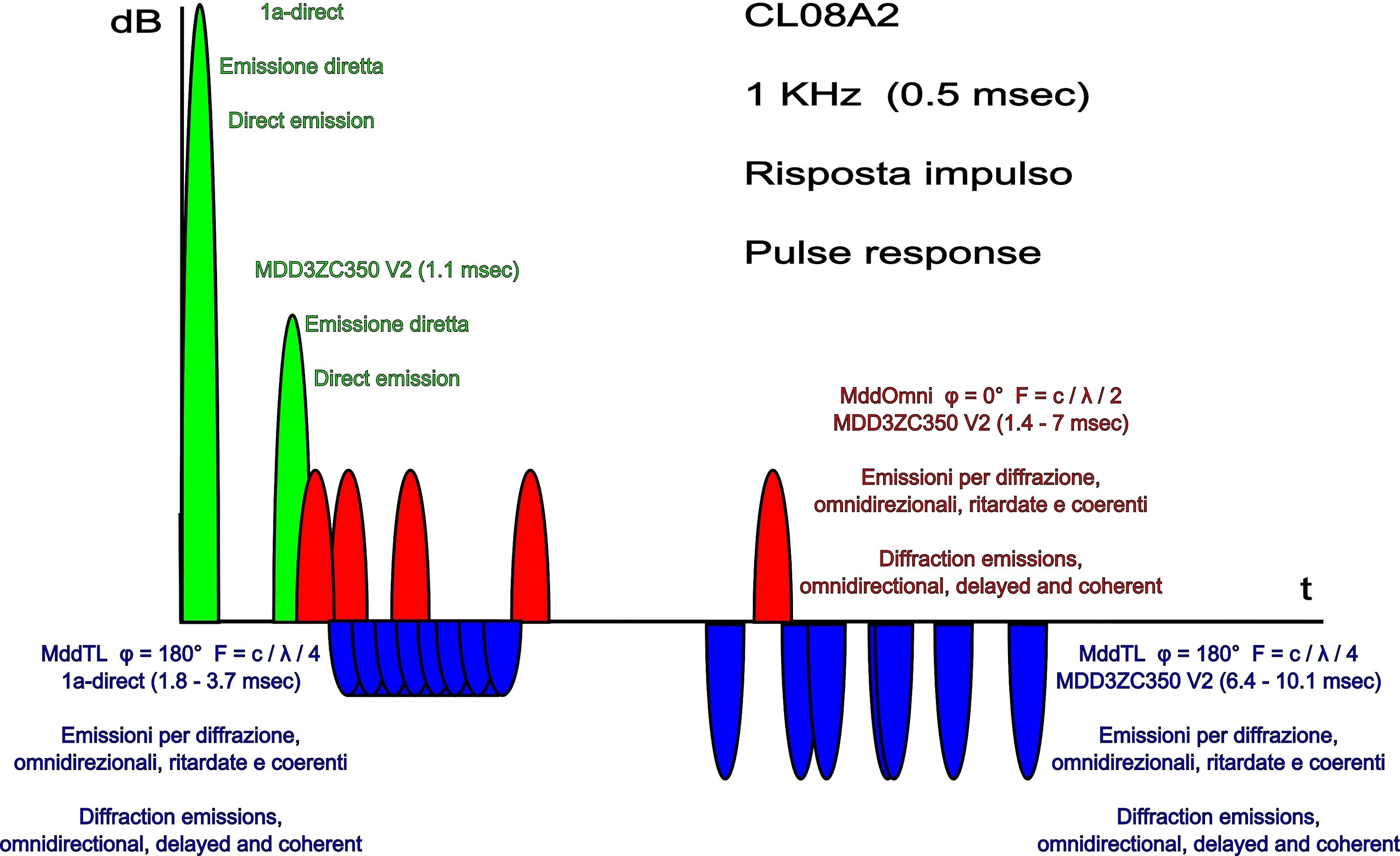
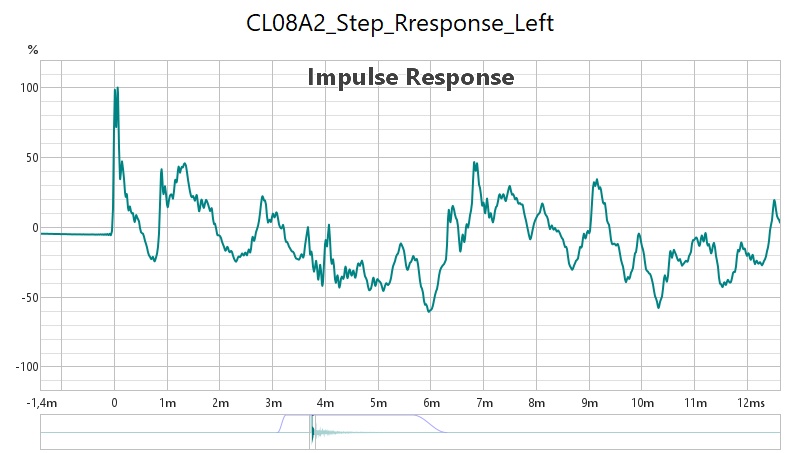
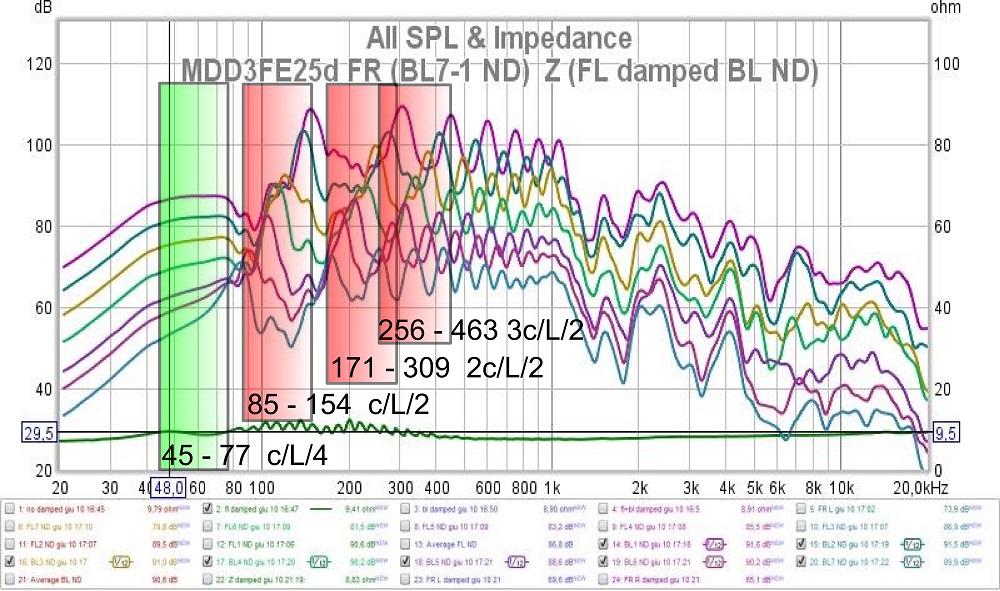
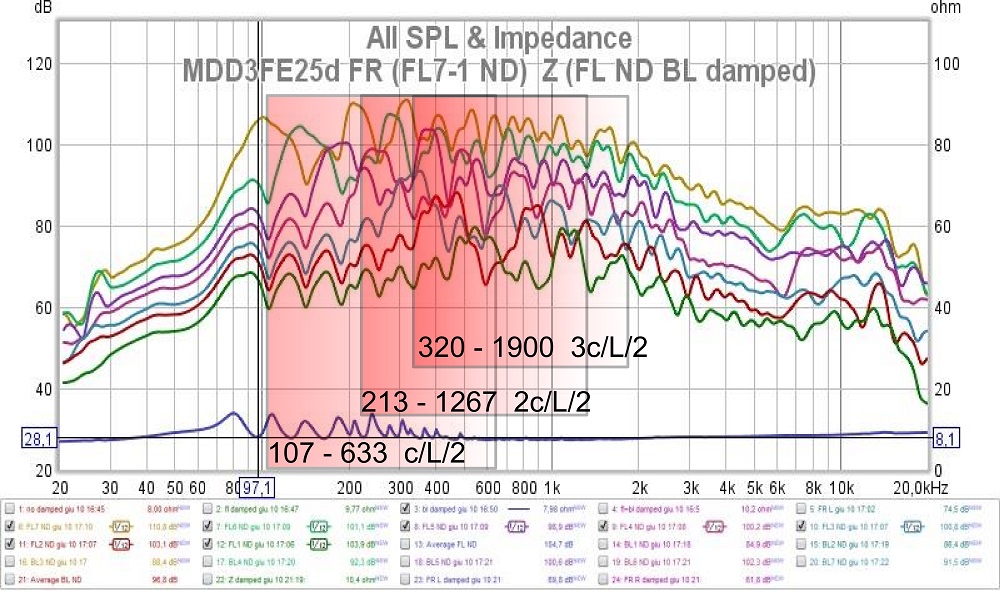













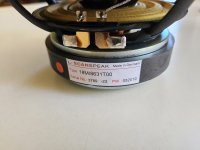










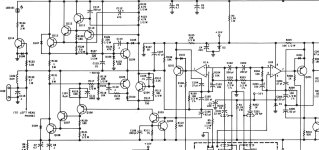


![IMG_7400[1].JPG](/community/data/attachments/1208/1208639-b550e181d46f50d282dbafbccbb0b068.jpg?hash=tVDhgdRvUN)
![IMG_7401[1].JPG](/community/data/attachments/1208/1208640-82e81fcabfcea317b6b616917508ac53.jpg?hash=gugfyr_Oox)


